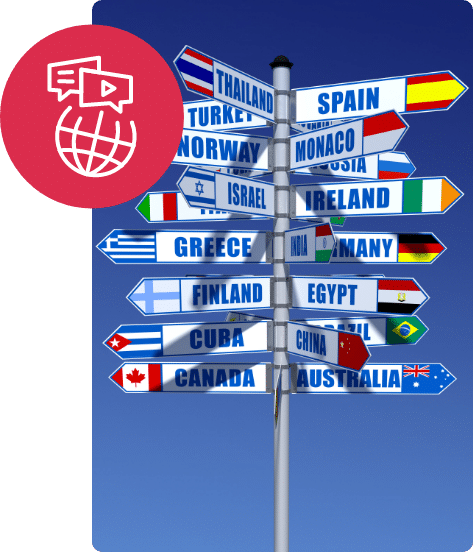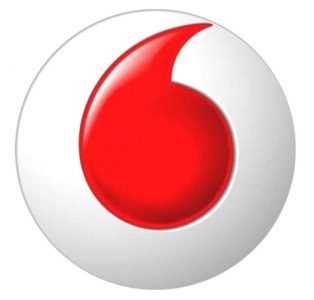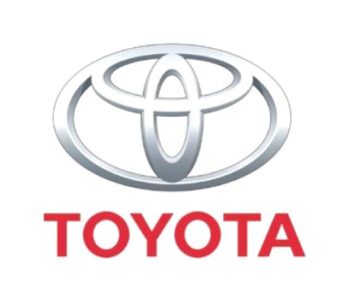Korean Translation Services
At GoLocalise, we specialise in delivering outstanding Korean-English translation services for a diverse range of content. Whether it’s audio or video files—such as interviews, commercials, podcasts, or promotional videos—or written materials like websites, reports, and press releases, we ensure high-quality and culturally accurate results.
Our skilled Korean translators are experts in producing translations that maintain the tone, intent, and nuances of the original content. For audiovisual projects, we collaborate with specialists who can adapt translations to strict timing requirements, such as voiceovers or animated scripts. Using a side-by-side format, we ensure alignment and consistency between the source text and translation.
From written content to multimedia localisation, we provide seamless translations that resonate with your audience while preserving the essence of your original message.
GoLocalise has been Atlas’s sole provider of translation and foreign voiceover services since 2011. Their friendly and efficient team have localised a range of technical and behavioural projects and in a variety of multimedia formats. Atlas considers GoLocalise to be our localisation partner; trusted to consistently deliver on time and to a high standard.

Professional Korean Translators
At GoLocalise, all Korean translation services are exclusively managed by professional, native Korean-speaking translators who are also fluent in English. This ensures that your content is translated with a thorough understanding of both languages and their cultural nuances. Our translators are not just linguists—they are subject matter experts with experience in different industries.
We place emphasis on cultural context, ensuring that your message resonates with Korean-speaking audiences while preserving the essence of the original content. Our stringent selection process guarantees that only the most qualified translators handle your project, and our comprehensive quality assurance measures ensure that every translation is of the highest professional standard.
While we specialise in Korean-English translations, we also offer expert translation services between Korean and other languages. If your project requires translating Korean content into another language, reach out to our team. We’ll be happy to guide you through the process and provide the perfect solution for your needs.
Learn more about Translation Services
Let's get started!
Make a Powerful First Impression with GoLocalise as Your Trusted Audio and Video Translation Provider
- WOW your clients with first-class translations carried out by translation experts in that particular industry sector.
- Stringent quality control processes - subtitling (English) templates created and checked in-house, and timed to professional standards.
- Industry leading subtitling software to create subtitles that are perfectly timed to the exact frame and aesthetically positioned around shot changes.
- Your message faithfully and accurately delivered by experienced native subtitlers only.
- All translations are thoroughly quality checked by our experienced project managers before final delivery.
- You will receive ready-to-use videos with translated burnt-in subtitles - open captions - that are ready to be uploaded to your website. You can customise the style and look of the subtitles (font, size, colour, positioning, etc.).
- If you prefer to give your clients or viewers flexibility, why not go for subtitles that can be switched on and off in multiple languages? You can receive closed captions in the format of your choice – ready to be uploaded to YouTube or Vimeo channels, DVD or Blu-Ray.
- Go the extra mile by localising all your content. On-screen text and captions in your video can be translated and graphically edited, so that you receive a flawless foreign language version.
Let's get started!
Why Choose Us?

Leave your project to the experts at GoLocalise so that you can relax and be assured of getting top-notch results
Every single detail will be analysed, studied and looked after so that you do not need to worry. Some would say it’s not too classy to blow our own trumpet… but we just like to point out two very important details.
We have achieved ISO 9001 Quality Management certification in recognition of our consistent performance and high standards, and ISO 14001 Environmental Management because we care about our planet!
And if you are still curious and want to know more about us, why not have a look at our studio page.
Korean Varieties and Dialects
Korean is a unified language, but regional dialects, such as those spoken in Seoul, Jeju, or Busan, can significantly influence vocabulary, pronunciation, and usage. Additionally, cultural nuances and traditions play a vital role in achieving effective and meaningful communication.
At GoLocalise, we understand the importance of capturing these subtle yet impactful distinctions to tailor your translation to your intended audience. Whether you require Standard Korean for international communication or localisation for specific regional audiences, our team ensures that your content is not only linguistically accurate but also culturally relevant and sensitive to local contexts.
From business communications to creative projects, we guarantee that your translations meet the expectations of the target demographic while preserving the original message’s intent, tone, and style. With our expertise, your content will resonate effectively with your Korean-speaking audience.

3 Steps To High Quality Assurance
We use continuous quality control processes to monitor quality and accuracy at each and every stage of a translation project.
Skilled translators are carefully selected, and rigorous quality control measures are applied to ensure accuracy and consistency at every stage of the process. Each project is meticulously managed to uphold the highest standards and deliver exceptional results.
Each translated document is meticulously edited by a second translator to ensure accuracy and thoroughly resolve any linguistic issues. The assignment is carefully matched to an appropriate subject matter specialist to maintain the highest standards of quality.
The first translator conducts a final quality check to ensure edits and formatting are accurate, terminology is consistent, and there are no errors or omissions. Every translation is meticulously reviewed against the original document to maintain top quality.
Learn more about Translation Services
Let's get started!
Korean Areas of Expertise
GoLocalise provides professional translation and localisation services for a wide array of content, with a particular focus on multimedia projects. Our experienced team is equipped to manage the unique challenges of audiovisual translations, ensuring they resonate with Korean-speaking audiences. We specialise in the following areas:
Multimedia Translation and Localisation
Documentaries, instructional videos, corporate presentations, and promotional films
Voiceover and Dubbing Services
eLearning courses, animations, and corporate explainer videos
Subtitling and Closed Captioning
Subtitles for accessibility, training videos, and international releases
App and Game Localisation
Mobile app content, video game scripts, and promotional teasers
Marketing and Advertising Localisation
Campaign materials, product advertisements, creative branding, and digital storytelling
Corporate and Educational Translation
Training modules, employee handbooks, and virtual learning resources
Digital Media and Website Localisation
Interactive web content, embedded videos, and multimedia assets
Cultural and Literary Translation
Books, scripts, and cultural narratives tailored to Korean-speaking audiences
With cultural understanding and linguistic expertise, we ensure that your content is not only translated but also localised to captivate Korean-speaking audiences, regardless of the format.
A Translation Masterclass
At GoLocalise nothing is too much hassle! The expert team of project managers, translators and linguists are always at hand to ensure your content is perfectly localised – whatever the media. You’ll benefit from a company with over 15 years’ experience, an in-house subtitling team, and in-house state-of-the-art recording facilities!
Audiovisual translation, or AVT, is a highly specialised type of translation, which is increasingly popular in today’s digital world. We are surrounded by audiovisual content, so it makes sense that there is a type of translation that is suitable for the modern technological world.
AVT requires some of the same skills as general translation but also poses additional challenges. In subtitling for instance, the translator must fit the translation into the time and space constraints posed by the video; whilst in voice over the length of the translation must be considered and match the original as closely as possible. And these are just a few examples.
AVT is certainly no easy task and it takes a team of experienced professionals to do it well. This is where we can help you. We are highly specialised in AVT, so you can trust us to deliver products which look good, sound great and are perfectly suited to your target audience, all in your preferred format.
We know that a game doesn’t just have to look good and play smoothly, it also has to sound great and read well too. That’s why we, at GoLocalise, provide all our clients with carefully selected linguists, who are not only specialists in the video game field but are also gamers themselves.
We look after every single detail when localising games into foreign languages and always use the latest glossaries for all the current video game platforms, Wii, PlayStation, Xbox, etc. so that terminology and platform word choices are always spot-on.
GoLocalise provides your company with e-learning translation, localisation and voice over services, leaving you with a ready-to-host product.
We only employ highly skilled linguists who have extensive experience in e-learning and a sound understanding of the particular industry sector they are dealing with.
Our service includes the management of the whole process and the delivery of content adapted to foreign markets.
The steps and services involved in any end-to-end e-learning project are: the translation of the course and on-screen text; the localisation of the course graphics; the voice over recording of the course with your preferred voice over talent/s; and the quality control during which the localised course files are reviewed against the original files.













